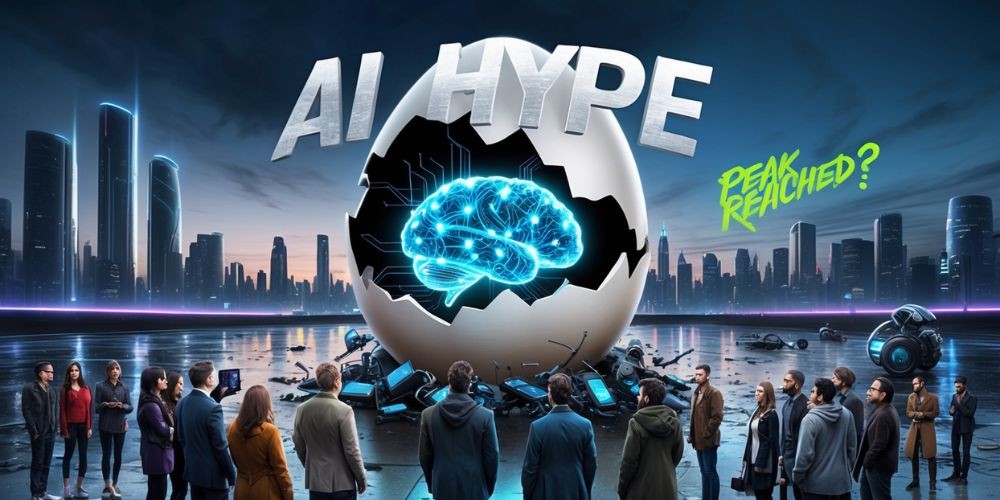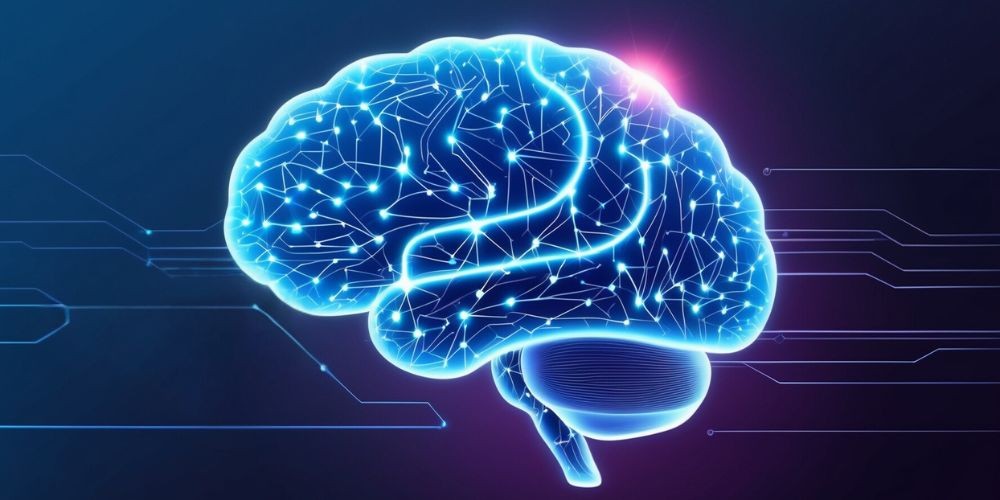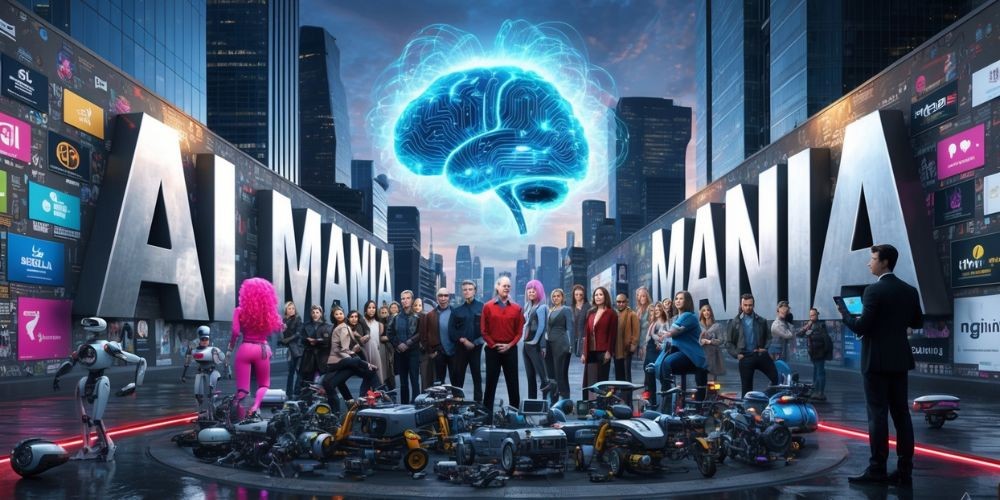Signs Indicating We've Surpassed Peak AI Excitement
- Sep 05, 2024
- 1512

Artificial Intelligence (AI) has dramatically transformed our digital landscape, generating buzz in both tech-savvy circles and the general public. There’s no denying its role in shaping future advancements, yet recent observations indicate that the peak of AI enthusiasm may have already been reached. While AI continues to develop, certain trends and sentiments signal a shift in how society perceives these technologies. This article delves into these signs and what they mean for the future of AI.
Lukewarm Public Interest
The AI revolution initially captivated a broad audience, fueled by headlines and hype around applications like ChatGPT. However, the novelty appears to be waning among the general public. Despite the proliferation of AI-driven solutions, many average users only vaguely recognize a handful of prominent tools such as ChatGPT, often lacking comprehensive knowledge or enthusiasm for lesser-known AI applications.

A survey conducted in November 2023 by the Pew Research Center reveals a notable increase in skepticism. 52% of US respondents expressed concern over AI advancements, up from 37% in 2021. In contrast, only 10% were more excited than concerned about AI technologies, a significant drop from 18% in 2021. This trend suggests a growing public ambivalence towards AI developments, contrasting sharply with the unbridled enthusiasm seen in its early days.
Subpar Performance of Many AI Tools
While AI has indeed enabled remarkable advancements, the market is now saturated with numerous tools and solutions that fail to live up to their lofty promises. From my personal experience, after testing a myriad of AI products, only a select few stand out as truly revolutionary. Well-established tools like ChatGPT and Grammarly represent the gold standard, but many recent entrants are lackluster at best.
This phenomenon can be attributed to several factors. Primarily, there’s a rush to capitalize on the AI wave, often resulting in half-baked products with minimal functionality. The practice of releasing an MVP (Minimum Viable Product) has its merits; however, many of these tools fail to attain basic usability standards. Moreover, the neglect in updating and fine-tuning these products further deteriorates their quality, making it evident that merely branding something as “AI-powered” isn’t a guarantee of excellence.

AI Integrations Often Feel Gimmicky
Established brands haven’t been immune to the AI gold rush. Many have integrated AI features into their products, seemingly for the sake of keeping up with trends rather than enhancing user experience. This has led to a clutter of unnecessary functionalities that do little to improve overall product value. For instance, tools designed for creative processes now come with a litany of AI functions, most of which users may never find practical or beneficial.
In software aimed at tasks like photo editing, the inclusion of AI-based features such as automatic sky replacement can seem more like fun add-ons rather than essential tools. Users prioritize streamlined, effective solutions over convoluted interfaces filled with superfluous options. Eventually, businesses are likely to recognize the drawbacks of this trend, leading to more thoughtful and purposeful AI integrations in the future.
The Diminished Impact of "AI-Powered" Branding
Initially, labeling a product as “AI-powered” was enough to generate excitement and attract users. However, this buzzword has started to lose its impact. Modern consumers are more discerning, valuing functionality and efficiency over the underlying technology. Whether a product is powered by AI or traditional algorithms matters less to users than whether it performs its intended task effectively.
The business-to-business (B2B) sector may still find value in advertising AI capabilities, but the consumer market is increasingly focused on results rather than technological jargon. Overreliance on the term “AI-powered” can also backfire, as some user segments express growing discomfort or skepticism towards excessive AI integration, especially in personal and recreational contexts like video games.
AI Fatigue Among Users

Another telling sign that AI hype has peaked is the emergence of AI fatigue. Since its mainstream explosion in late 2022, AI has dominated tech news and discussions. This constant deluge of information on a single topic can become overwhelming, resulting in mental exhaustion even among tech enthusiasts. The general tendency to tune out repetitious or overemphasized subjects is now evident in the realm of AI.
Individuals report growing disinterest or outright annoyance upon encountering AI-related topics, signifying a broader shift in sentiment. As more people tune out, we can expect the fervor surrounding AI to diminish, paving the way for a more balanced and realistic appraisal of its merits and limitations. Furthermore, the backlash against AI-generated art signals a more critical stance towards these technologies, reinforcing the belief that we’re past peak hype.
Understanding AI as a Complementary Tool
In the initial rush of AI innovations, there was a perception that these technologies could serve as replacements for human capabilities across various domains. However, practical experience has shifted this view towards understanding AI as a complementary tool rather than a complete substitute. Mastery of AI implementations requires a nuanced approach and significant human expertise.
Generative AI illustrates this complexity well. Crafting effective prompts and achieving desirable outputs demands skill and practice. Those proficient in disciplines such as music and photography often easily spot AI-generated works, revealing the technology’s limitations. Therefore, AI should be seen as an aid to enhance human creativity and productivity rather than an all-encompassing solution.
A Slowdown in New AI Model Releases

Another indicator of the decline in AI excitement is the reduction in the release of groundbreaking AI models. While companies like Google and OpenAI continue to introduce updated versions like Gemini and GPT-5, the overall pace of novel AI developments has slowed. This stagnation suggests a saturation point and a potential consolidation phase in the market.
Few companies have the resources or expertise necessary to develop competitive AI models, leading to a focus on refining and improving existing technologies rather than pioneering entirely new ones. This reflects a transition from the exploratory phase of AI innovation to a more mature stage of incremental improvements and applications.
The Future Beyond Peak AI Hype
Reaching peak AI hype doesn’t signify the end of AI’s evolution. Instead, it marks a maturation phase where the focus shifts from sensationalism to practicality. As unrealistic expectations fade, businesses and developers will emphasize creating sustainable, useful AI applications that solve real-world problems more efficiently.
Future AI advancements will likely be characterized by:
- Enhanced integration of AI without excessive complexity.
- Better personalization and contextual understanding.
- Continual refinement for increased reliability and user-friendliness.

This pragmatic approach will ensure that AI remains a valuable tool, effectively addressing specific needs and integrating seamlessly into daily workflows. As the dust settles, the true potential of AI will emerge, fostering more thoughtful adoption and innovation.
Embracing a Balanced Perspective
Understanding that we’ve reached peak AI hype allows us to adopt a more balanced perspective on these technologies. While the initial excitement has tempered, AI continues to hold significant potential for enhancing various aspects of our lives. The key lies in leveraging AI judiciously, with a focus on augmenting human skills and improving efficiency.
As we move forward, it’s essential to maintain a critical yet open-minded view of AI developments. Evaluating technologies based on their merits and practical benefits will pave the way for meaningful advancements. By embracing a balanced perspective, we can navigate the AI landscape more effectively, ensuring that innovations serve to complement and enrich human endeavors.